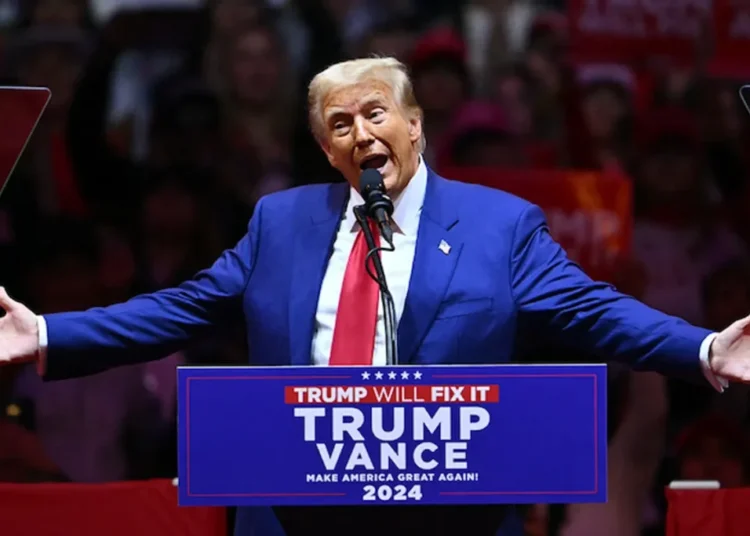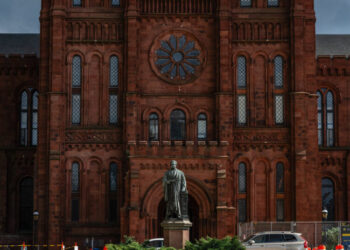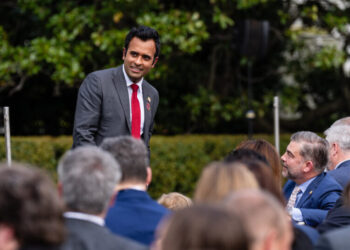Mayor-elect Zohran Mamdani first rocketed into the public consciousness last year in the weeks after President Trump won a second term.
About a month into his long-shot mayoral bid, Mr. Mamdani, like many Democrats, was contemplating why Mr. Trump had so improved his standing in New York City during last year’s presidential election. The president gained about 95,000 votes in the city compared with his 2020 performance, which translated into a seven-point jump. He also earned a higher share of the New York City vote than any Republican nominee for president since George H.W. Bush in 1988.
Seeking to understand what happened, Mr. Mamdani and a video crew trekked to often ignored corners of the Bronx and Queens to ask voters why they had supported Mr. Trump or, in many cases, decided not to vote at all.
The responses along Fordham Road in the Bronx and Hillside Avenue in Queens exposed how voters felt let down by Democrats and crushed by rising prices for basics like food and housing.
“I don’t believe in the system anymore,” one man told Mr. Mamdani as he explained why he had chosen to sit Election Day out.
In the Oval Office after their meeting on Friday, Mr. Mamdani referenced his visit to Hillside Avenue and meeting a voter who said that Mr. Trump’s father had visited his pharmacy. The mayor-elect discussed how Mr. Trump’s popularity grew in New York because of his focus on the cost of living.
Mr. Trump noted that he and Mr. Mamdani shared many of the same views about addressing affordability and driving the costs of housing down. Speaking to reporters, Mr. Trump seemed almost surprised about how much they appeared to be on the same page.
“We agree on a lot more than I thought,” he added. “I expect to be helping him, not hurting him.”
“I think you’re going to have, hopefully, a really great mayor,” Trump said, promising to help Mr. Mamdani to “make everybody’s dream come true.”
In an apparent explanation for why he and Mr. Mamdani seemed so aligned, Mr. Trump noted that he shared some supporters with Senator Bernie Sanders, who ran for president in 2016 and 2020 and who endorsed Mr. Mamdani.
Like Mr. Sanders, Mr. Mamdani bottled up the tales of a seemingly unfair economic system that was not helping them and turned into a central theme of his campaign. The video went viral, reaching Democrats across the country who were casting about for a path forward after the 2024 election. It also served as an early preview for how Mr. Mamdani, then a 33-year-old state assemblyman, would deftly use social media to reach and inspire new voters.
“We had to work very hard to get anyone to talk to us,” Mr. Mamdani recalled as he visited the same part of the Bronx late last month, days before he was elected mayor.
On that visit, he was a changed candidate — the front-runner — and could walk barely a few feet without being stopped by someone who wanted to take a photograph or shake his hand.
Still, as he talked to voters, their cynicism, frustration with politics and, in some cases, affinity for Mr. Trump, remained.
Benjamin Oreskes is a reporter covering New York State politics and government for The Times.
The post How Trump’s Electoral Success Helped Fuel Mamdani’s Rise appeared first on New York Times.




